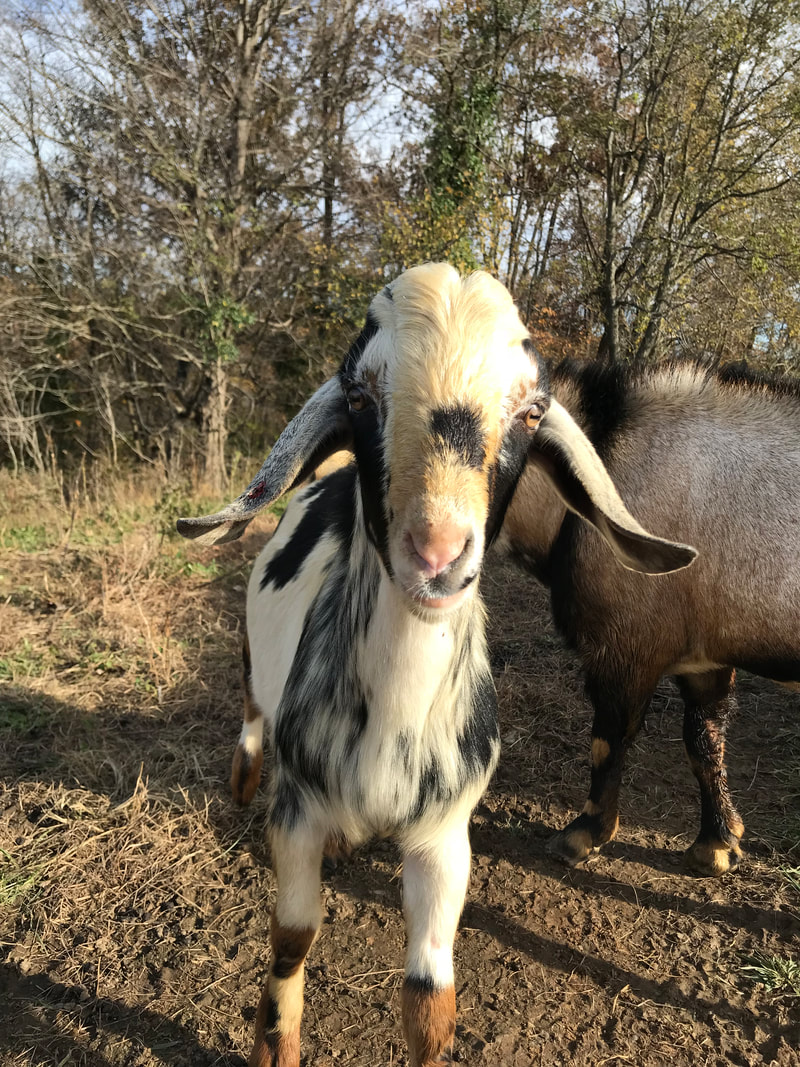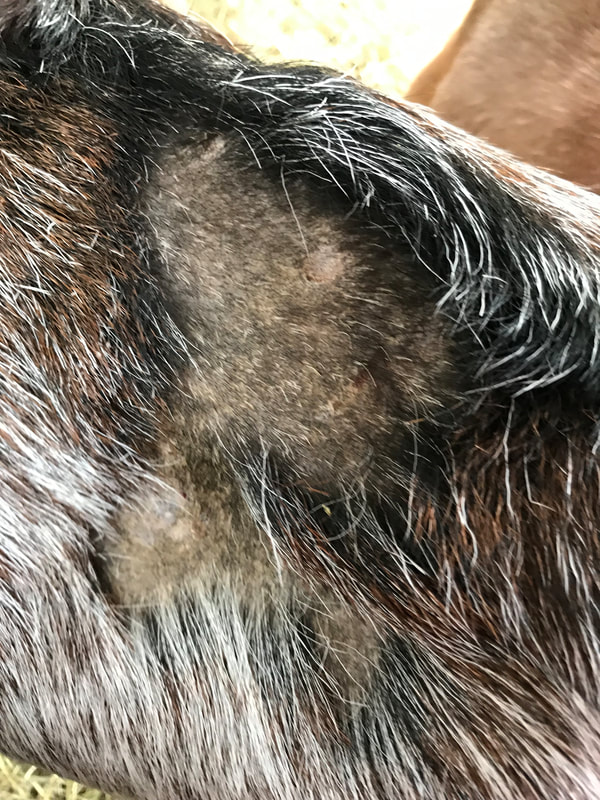|
I've been putting off writing about this, but since its been 'one of those years' I prefer to put behind me, I will end with it, and start 2019 fresh and new. We've had plenty of rain this year. That isn't a surprise to anyone living on the eastern half of our country, so I won't belabor the point. I will say that looking back to 2000, it is the second highest rainfall in the Huntington WV area after 62.46 inches in 2011 (although there is still tomorrow and the forecast is calling for 100% chance of rain). It is also the highest in other parts of our region (Charleston). In case you haven't looked at the weather maps for proof, here it is. I will post an updated graph after the year ends. I really feel that the rain in Scottown has been even higher, but unfortunately we don't make the map. The good news, if you can call it that is in 2012 we had a lower than average rainfall (36.99 inches). I'm not hoping for a drought, but less mud would be great, The rain in 2011 did't make a lasting impression on me, probably because I wasn't living on a farm at the time, and didn't realize the effects it could cause on the land and livestock who live there. So before I lose you with boring talk about the weather, I'd like to introduce a new and unwelcome visitor to our farm. His name is Meningeal worm. Parelaphostrongylus tenuis. Also known as Deer worm, or brain worm. The host of this nasty worm is the white tailed deer. The larvae are carried by slugs and snails, who are then accidentally ingested by grazing animals. The larvae continues to develop, penetrating the gastrointestinal system and eventually migrating to the central nervous system where it causes extensive damage. This process takes several weeks to occur, so until damage is done, there are no initial symptoms. There is also no current way to test the animal while it is alive to confirm the diagnosis. Animals most susceptible are camelids (alpacas and llamas) but other species such as sheep and goats are affected. This year, for the first time, it was my goats. Research on the topic is available, although it is not discussed as frequently in goats as in other species. I am not an expert on the topic, but I will share my experience. The saga began about three weeks ago, on December 6 when we noticed two of the bucks having weakness in their hind legs. My first thought was polio. Another frequently similar illness is listerosis, however this seemed less likely. We were also concerned that they may have been injured. I packed the youngest one,Pierre, also the weakest, into the gator and took him to the barn closest to the house where he could stay in a private, cozy stall. I began treating him with B Complex injections every six hours. His temperature was normal, and he had a healthy appetite. His poop was normal. His vision seemed normal. There was no sign of pain or injury on inspection of the leg. He was wobbly, often balancing his rear against a wall to stabilize himself. His rear right leg was very weak, dragging it when he walked. On uneven surfaces, he fell, but was able to get himself back to a standing position. At this time I did not see signs of skin lesions or missing hair. The other buck, Carl, older and a bit larger, was also showing weakness but not as severe. I left him in the buck pen but medicated him with B complex (with thiamine) as well. The next morning, I called the vet's office for advice. It seemed there was nothing they could do unless I brought the goats to the clinic. Since they were seemingly stable, I decided to continue my treatment unless they worsened. Meanwhile, I was frantically researching. After 24 hours of B complex (thiamine) injections, I did not see improvement. Based on his symptoms and the environmental conditions, meningeal worm was most likely the cause. If it had been polio, the thiamine should have helped by this time. The pasture is a cleared area, but it is surrounded by woods, and white tail deer are abundant. Even though the bucks lived at the top of the hill, they browsed the hillside and the valley below where the earth was soggy. Treatment: Most references recommended a five day course of oral fenbendazole (Safe-guard/ panacur (25 mg/kg) and steroids such as dexamethasone, or NSAIDs such as flunixin meglumine (Banamine). Initially I treated them with banamine because I did not have dexamethasone on hand, but I was able to find a source. They both received the recommended treatment of Safe-guard. I also continued to give the youngest buck twice daily dosages of B complex during the course of the treatment. The older buck seemed to recover most quickly, and his symptoms were also the mildest initially. To date, he has no itching nor hair loss. The younger buck's weakness seemed to become slightly worse after treatment. He did receive a course of steroids. Today he is showing signs of improvement but still not back to normal. He also developed an area of hair loss on his front right shoulder. This is thought to be caused by migration of the worm causing the skin to itch. Meanwhile, at about the same time, I noticed an area of hair loss on one of my mature pregnant does. She was scratching a large area on her back hind quarter on both sides of her spine. Fearing this could be a sign of the worm, I treated her with injectable ivermectin followed by a five day course of Safe-guard. Her treatment started on December 8. Three weeks later, the itching persists and the hair loss has increased. So far, she has no neurological deficits. Now, we watch and wait. Pierre is still at the doe barn, but has a large room and a pen outside to exercise. He talks to the girls and they keep him company through the fence. Some say recovery is possible, but it is highly likely he will have some degree of permanent neurological damage. Time will tell. References:
http://blogs.cornell.edu/smallruminantparasites/chemical-treatment-protocols/ http://www.tennesseemeatgoats.com/articles2/meningealworm.html http://veterinarycalendar.dvm360.com/meningeal-worm-update-proceedings https://lib.dr.iastate.edu/cgi/viewcontent.cgi?referer=https://www.google.com/&httpsredir=1&article=2219&context=ans_air https://thriftyhomesteader.com/m-worm-nightmare-for-goat-sheep-and/
2 Comments
|
AuthorMy name is Christy Franklin. Archives
February 2021
Categories |





 RSS Feed
RSS Feed
